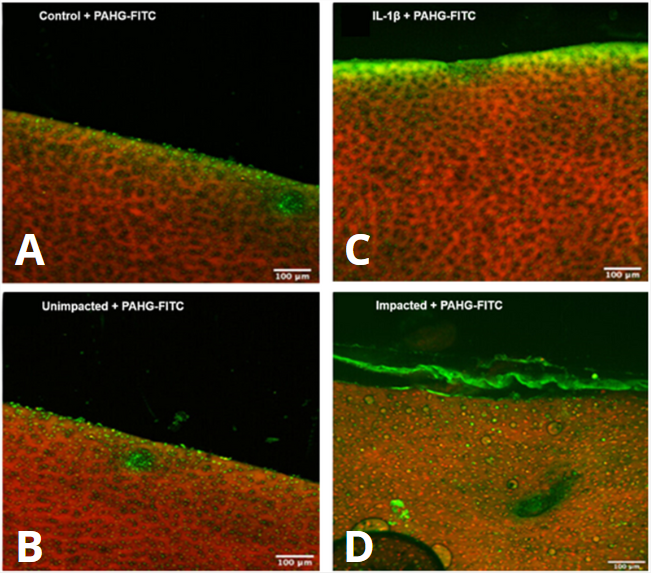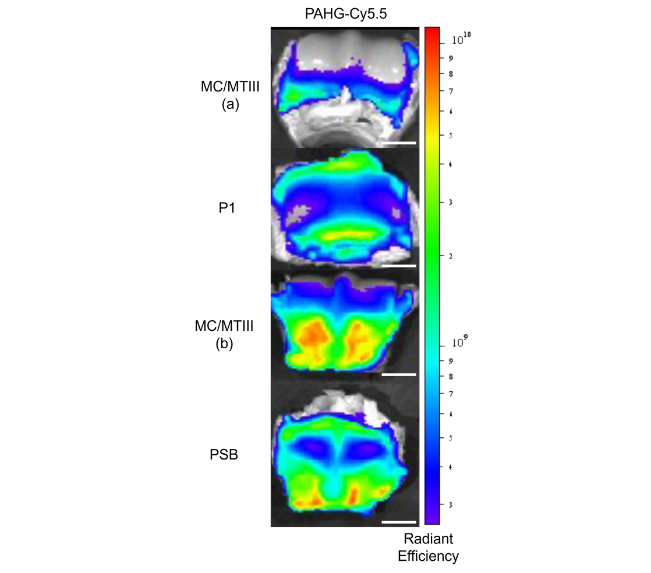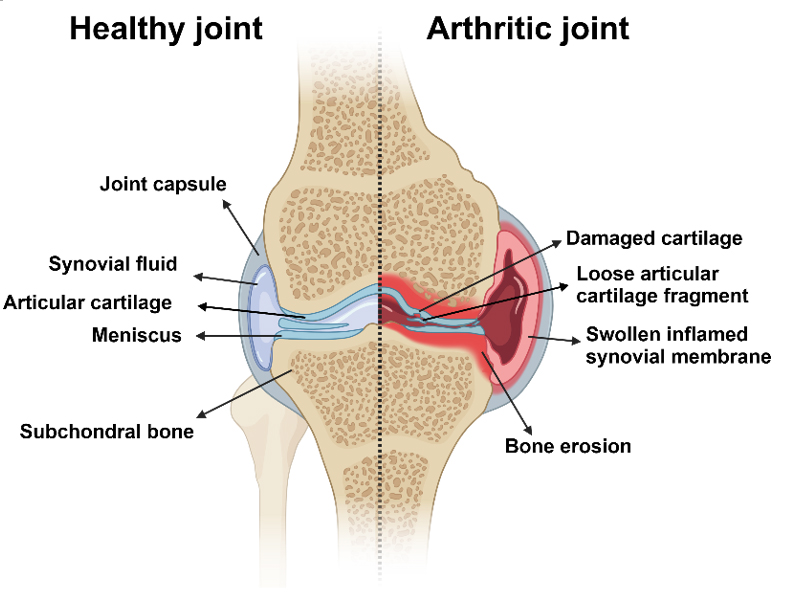Keeping your horse comfortable and moving well is important, whether they are a top athlete or a beloved companion. Over time, joint health becomes a key part of their overall well-being. Horses rely on smooth, pain-free movement to perform their best and enjoy daily activities. Joint discomfort can impact their quality of life, affecting everything from athletic performance to simple pasture movement. Noltrex®Vet provides long-lasting support and can be used repeatedly to help maintain joint function and comfort over time.
Noltrex®Vet is a synthetic lubricant designed to stay in the joint longer than many other options. This helps reduce friction and keeps the joint moving smoothly with fewer treatments, allowing horses to continue their work, training, and daily routines with greater ease.
A single dose of Noltrex®Vet remains in the joint for around 30-60 days. This duration may be longer, in some cases, when subsequent dosing is utilized. While every horse is different, veterinarians generally report that the clinical effects of Noltrex®Vet last 2-4 times longer than treatments without it. Factors such as the degree and type of tissue damage, how hard the horse works, aging, and others, can influence how long the benefits last.
One of the key benefits of Noltrex®Vet is that it can be used multiple times without building up in the joint or surrounding tissues. Over time, the gel gradually breaks down and is naturally removed by the body. Factors like joint movement and normal wear help with this process, making repeat dosing a suitable option for ongoing care. Since every horse has different needs, the ability to tailor a joint care plan with repeat applications ensures long-term comfort and performance.
Noltrex®Vet is made from synthetic polyacrylamide, which is both biocompatible and inert. Unlike some other materials, polyacrylamide does not break down due to inflammatory processes or by enzymes – this ensures that Noltrex®Vet can provide lubrication without being broken down too quickly.
Not all polyacrylamide hydrogels work the same way. Differences in how they are made can change how they behave in the joint. Research has shown that Noltrex®Vet is fully removed from the joint and surrounding tissues over time. This means it does not linger unnecessarily and can be used as part of a long-term joint care plan. The ability to repeat Noltrex®Vet treatment when needed allows owners and veterinarians to adapt treatment schedules based on the horse’s response and activity levels, ensuring optimal support.
As horses age or stay active in demanding disciplines, their joints face natural wear and tear. Taking a proactive approach to joint care can help them stay comfortable and moving freely. By addressing joint health early and maintaining a consistent care routine, owners can help prevent long-term mobility issues. Using Noltrex®Vet as part of a long-term strategy allows for:
References:
McClure, S. R., Yaeger, M., & Wang, C. (2017). Clinical and Histologic Evaluation of Polyacrylamide Gel in Normal Equine Metacarpal/Metatarsal-Phalangeal Joints. Journal of Equine Veterinary Science, 54, 70–77.
McClure, S. R., Peitzmeier, M. D., Jackman, B. R., Evans, R. B., Ziegler, C. L., & Ganta, C. K. (2024). Serial injections of 4% polyacrylamide hydrogel have no detrimental effects in equine joints following clinical, histologic, and synovial biomarker evaluation. American Journal of Veterinary Research, 1–7.
Managing osteoarthritis (OA) in horses requires a comprehensive approach that supports joint function while addressing pain and inflammation. Noltrex®Vet is a synthetic polyacrylamide hydrogel designed to provide long-lasting lubrication and cartilage protection by reducing friction within the joint. Noltrex®Vet physically supports joint function and plays a vital role in a multi-modal treatment plan by improving joint mechanics and complementing other therapies that are aimed at managing inflammation, pain, and tissue healing.
Noltrex®Vet’s unique characteristics provide multiple benefits, including:
Protecting cartilage integrity is essential in managing equine OA. The wear and tear from high-impact activities can cause pain and accelerate joint deterioration. By forming a protective lubricating layer on the cartilage, Noltrex®Vet supports an optimal environment for long-term joint health, offering an innovative approach to joint care.

The Noltrex®Vet, stained fluorescent green, is seen here forming a layer on the cartilage in areas of damage. Images A and B are healthy cartilage. Cartilage damage due to inflammation is represented by image C, and trauma damage by image D. (Vishwanath, McClure & Bonassar, 2023)

Fluorescently stained Noltrex®Vet, demonstrating presence on the cartilage surface in the fetlocks of horses. Cartilage explants had lower friction, confirming the presence and function of the gel at the cartilage surface. (Vishwanath, McClure & Bonassar, 2024)
References:
Vishwanath, K., McClure, S. R., & Bonassar, L. J. (2023). Polyacrylamide hydrogel lubricates cartilage after biochemical degradation and mechanical injury. Journal of Orthopedic Research, 41(1), 63-71.
Vishwanath, K., McClure, S. R., & Bonassar, L. J. (2024). Heterogeneous distribution of viscosupplements in vivo is correlated to ex vivo frictional properties of equine cartilage. Journal of Biomedical Materials Research – Part A.
Joint health is essential for your horse’s comfort and mobility as they work and age. Over time, multiple factors can contribute to joint damage and discomfort, including athletic trauma, repetitive wear, aging, inactivity, injuries that compromise joint stability, and developmental defects. One major cause of this discomfort is increased friction within the joint, which occurs when the natural joint fluid loses its ability to lubricate properly.

Synovial joints are the most common type of joint in a horse’s body. They have a special lining called synovium that produces synovial fluid, also known as joint fluid. This fluid is crucial for maintaining cartilage health, by delivering nutrients and removing waste, as cartilage lacks a direct blood supply. It also lubricates the cartilage, allowing joints to move smoothly with less friction. In a healthy joint, this fluid has a consistency similar to egg whites. However, when inflammation occurs, the joint fluid becomes thinner and more water-like, leading to increased friction and cartilage damage.
Joint damage can start in different ways. Sometimes cartilage is the first to be affected, triggering inflammation as the body responds to the buildup of waste products and debris inside the joint. In other cases, inflammation begins in the synovium and then damages the cartilage, setting off a cycle of deterioration. As this process continues, cartilage breaks down faster than it can heal. When too much cartilage is lost, the underlying bone is exposed to excessive pressure, leading to new bone growth. Even if the initial injury was purely mechanical (i.e., the cartilage was damaged first), ongoing inflammation can continue to drive joint deterioration.
Osteoarthritis (OA) is a common problem in horses characterized by a loss of cartilage in the joint. It is estimated that 60% of lameness is due to OA, and 50% of horses will develop OA by the time they reach 15 years old. One of the key contributors to this process is the loss of effective joint lubrication. Without sufficient lubrication, cartilage damage accelerates, leading to advanced tissue damage and discomfort.
Hyaluronic acid (HA) injections are often used to restore joint lubrication since this function is so important for healthy joints. As there are many different variations in HA products including viscosity, molecular weight, presence of cross-linking, concentration of HA, and the source that it is created from, there can be variability in how well each product performs. As a natural product, HA is also subject to the same breakdown that causes thin joint fluid; therefore, its time in the joint is typically brief. It has also been shown that damage to the cartilage surface limits HA’s ability to decrease friction in affected joints.
Due to the limitations of joint fluid and injected HA to provide quality lubrication for longer periods of time in diseased joints, a growing interest was placed on the development of synthetic lubricants. Noltrex®Vet is a synthetic lubricant, consisting of a polyacrylamide hydrogel, that has the ability to greatly decrease friction. Unlike traditional HA injections, a portion of the Noltrex®Vet gel remains localized on the cartilage surface, forming a layer that protects the cartilage from excessive friction.
Another key advantage of Noltrex®Vet is its durability. As it is synthetic, it does not break down as quickly as natural joint fluid or HA injections. Instead, it provides long-lasting lubrication before gradually being eliminated from the joint over time. This removal process makes Noltrex®Vet suitable to be used throughout a horse’s lifetime without accumulating or causing unwanted side effects from a prolonged presence after the product has been worn down due to mechanical friction several weeks following injection.
Joint injections tend to have a prolonged therapeutic effect, where horses demonstrate comfort for periods that extend significantly beyond the lifespan of the product injected. When a product is injected into the joint, it can shift the joint away from a destructive cycle towards one of repair. The shift towards these repair mechanisms allows the joint to care for itself again. Eventually, the inflammatory cycle is likely to return, but this time period is different for every horse depending on the degree and type of tissue damage, how hard they work, aging, and other factors. Veterinarians generally report a 2-4 times longer clinical effect when they utilize Noltrex®Vet compared to treatments without.
Maintaining joint health often requires a multi-modal approach. Noltrex®Vet offers effective lubrication to reduce friction, and can be included with other treatments that directly manage inflammation, pain, and tissue healing. In cases where inflammation is controlled, it may also be suitable to use Noltrex®Vet as a monotherapy. Your veterinarian will determine the best combination of therapies for your horse’s specific needs, and when each product should be used.
References:
Bullogh, P. (2010). The Dysfunctional Joint. In Orthopaedic Pathology (pp. 231–252). Elsevier.
Bonnevie, E. D., Galesso, D., Secchieri, C., & Bonassar, L. J. (2018). Degradation alters the lubrication of articular cartilage by high viscosity, hyaluronic acid-based lubricants. Journal of Orthopaedic Research, 36(5), 1456–1464.
McIlwraith, C. W., Frisbie, D. D., & Kawcak, C. E. (2012). The horse as a model of naturally occurring osteoarthritis. Bone & Joint Research, 1(11), 297–309.
Vishwanath, K., McClure, S. R., & Bonassar, L. J. (2023). Polyacrylamide hydrogel lubricates cartilage after biochemical degradation and mechanical injury. Journal of Orthopedic Research, 41(1), 63-71.
Vishwanath, K., Secor, E. J., Watkins, A., Reesink, H. L., & Bonassar, L. J. (2024). Loss of effective lubricating viscosity is the primary mechanical marker of joint inflammation in equine synovitis. Journal of Orthopaedic Research, 42(7), 1438–1447.